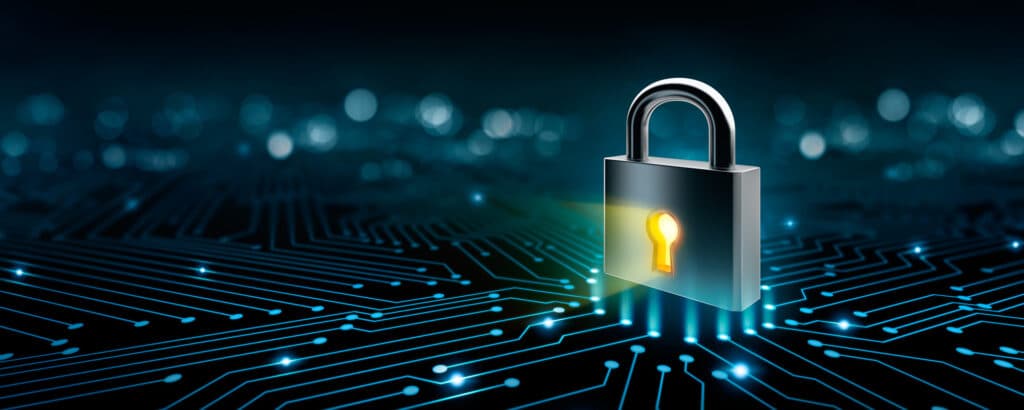Why Zero Trust Architecture Creates Lifelong Customers (and Income!)
Generally speaking, people want to be trusting individuals. We want to believe that the people we connect with – especially those in our immediate circles — are decent and honest. We generally give our co-workers, friends, neighbors, and fellow community members, the benefit of the doubt.
But online, the problem becomes more challenging. Hackers take advantage of the human tendency to trust, and wait until someone is sloppy with a password, a data file, or a neglected application update or security patch. Even more troubling, hackers disguise themselves online as our colleagues, bosses, or friends – people we should trust.
And then the seeds of a cyberattack are planted, as the perpetrator waits for just the right time to strike.
Until recently, VPN sign-ins and password protection, particularly for internal users, were adequate protection However, with the rapid proliferation of everywhere-and-always-connected devices, especially during the pandemic, hackers got smarter as the connected perimeter quickly grew.
The good news is that IT security experts also got smarter, creating what is now known as Zero Trust or a Zero Trust Architecture. Even the federal government weighed in, with the President, Department of Defense and the National Security Agency creating Federal Zero Trust Guidelines. The underlying philosophy is “never trust, always verify.” Zero Trust includes multi-factor authentication irrespective of location, and limits access to users based on need and circumstance, sometimes referred to as “continuous verification.”
Additionally, it consists of endpoint security, cloud security, system maintenance, protection of data at rest and in transit, and monitoring.
The Cybersecurity and Infrastructure Security Agency (CISA) characterizes the architecture as having 7 pillars:
- Users: Identifying and enabling authenticated users who have trusted access to data resources
- Devices: Assurance that devices are appropriately vetted
- Networks/Environments: Establishing granularity of information resources through network segmentation and control for access and policy restrictions (who should be on what network and when)
- Applications and Workloads: Protect tasks or services offered from systems residing on premises or in the cloud
- Data: Integrated protection of data, applications, assets, and services, which consists of cybersecurity solutions like backup/recovery, disaster recovery, and DDoS protection
- Visibility and Analytics: Observance of performance and behavior through monitoring and reporting
- Automation and Orchestration: Holistic and timely assessment of threats and security processes that drive actionable information from various security tools and provide an automated response

Why this matters for agents/partners…
As you inform your customers about the need for data, applications, and network security protection, you position yourself as a trusted advisor; and the more solutions you offer that truly help protect your customers, the more revenue you can generate.
It’s projected that cyberattacks will cost the U.S. more than $452 billion in 2024. Even though three out of four US companies were at risk of a material cyberattack in 2023, an astounding number of companies still have inadequate ransomware and cyberattack protection.
Now, before you roll your eyes thinking those companies are naïve or inept, consider this analogy: Everyone knows their lives will come to an end one day, yet more than 40 percent of the U.S. adult population either have no life insurance or are underinsured – even among people who can afford it. Why? Three basic reasons: First, it’s an unpleasant topic. Secondly, it’s an intangible asset with no immediate gratification. It’s easy to put off or rationalize – after all, unlike a broken refrigerator or burst water pipe, it’s not an emergency that needs an immediate and clear resolution, so it’s often delayed.
Lastly, it’s confusing. So many options, so many providers, so many plans.
It’s similar with ransomware protection. It’s intangible, it doesn’t provide the same gratification that new laptops for the staff or a new copy machine provides. And it’s easy to think that the office firewall, antivirus software, and password training for staff is enough. And it’s confusing and overwhelming for the customer with so many options and choices.
That’s where you come in. FirstLight offers several ransomware and cyberattack protection solutions including SASE, DNS protection, DDoS Prevention and Mitigation, Disaster Recovery as a Service, Firewall as a Service, Network Monitoring, and more. Thankfully, ransomware protection can be phased in. It’s not an ‘all-or-nothing’ proposition. A customer can start small by creating a plan with your guidance. Perhaps start with data backup and Next Gen firewall, and expand to DRaaS and DDoS protection.
FirstLight also provides numerous online resources to help you share informed data on cyber protection, including white papers, infographics, fact sheets, and case studies.
Ask your Channel Manager for details about any of our solutions or online resources. Cyber security is the gift that keeps on giving, for both you and your customers.

